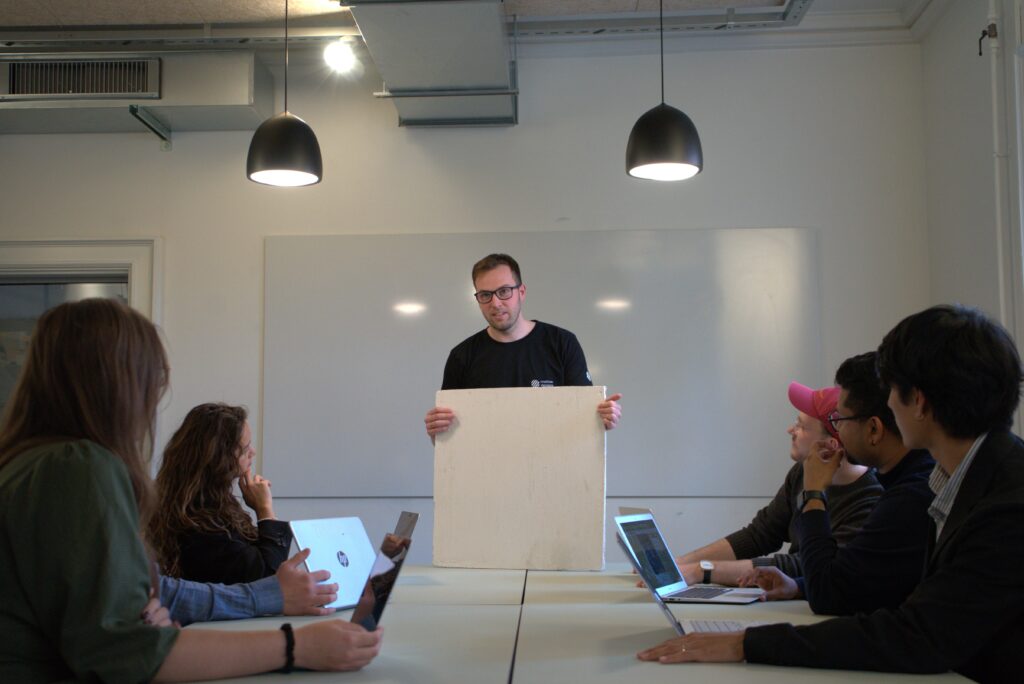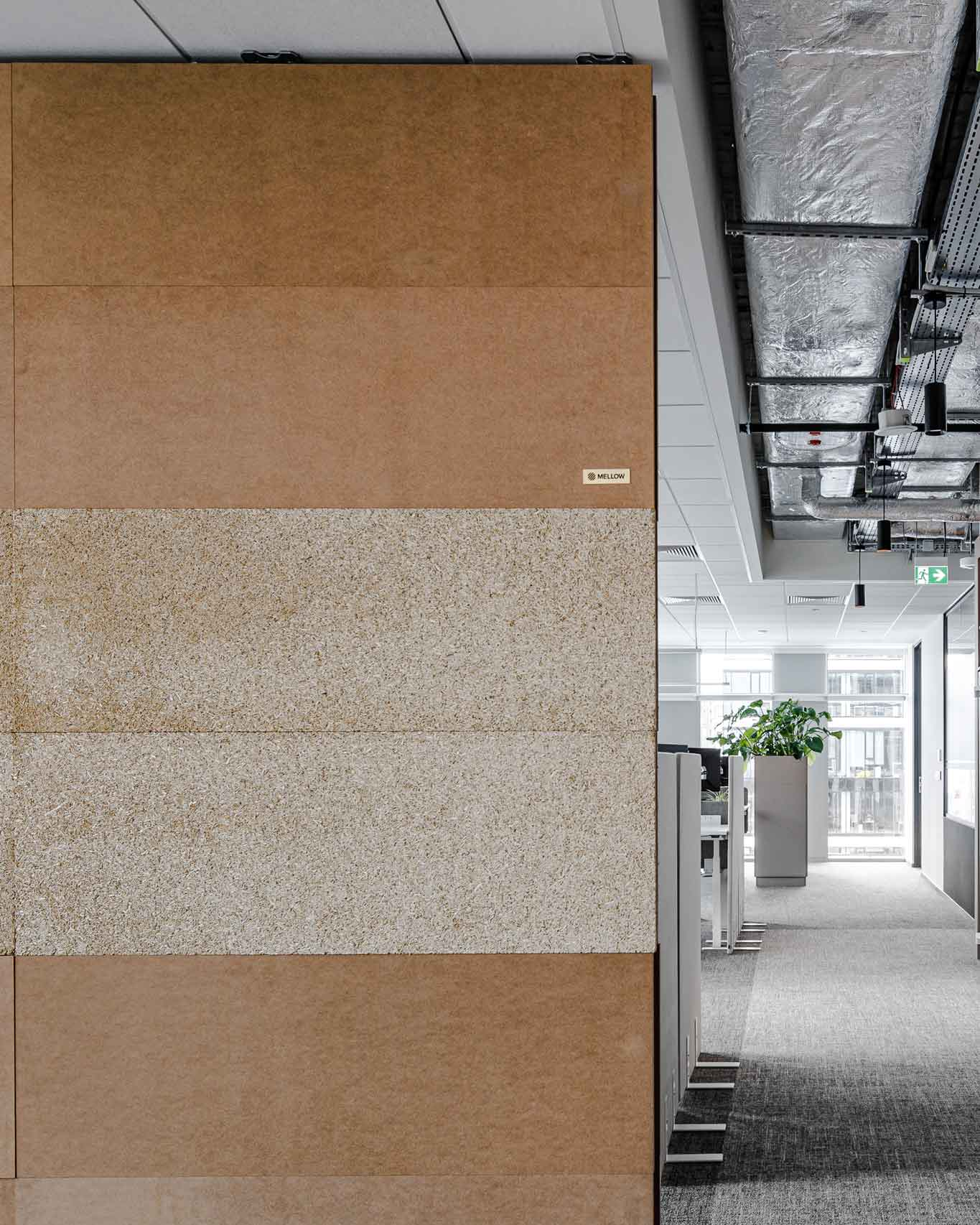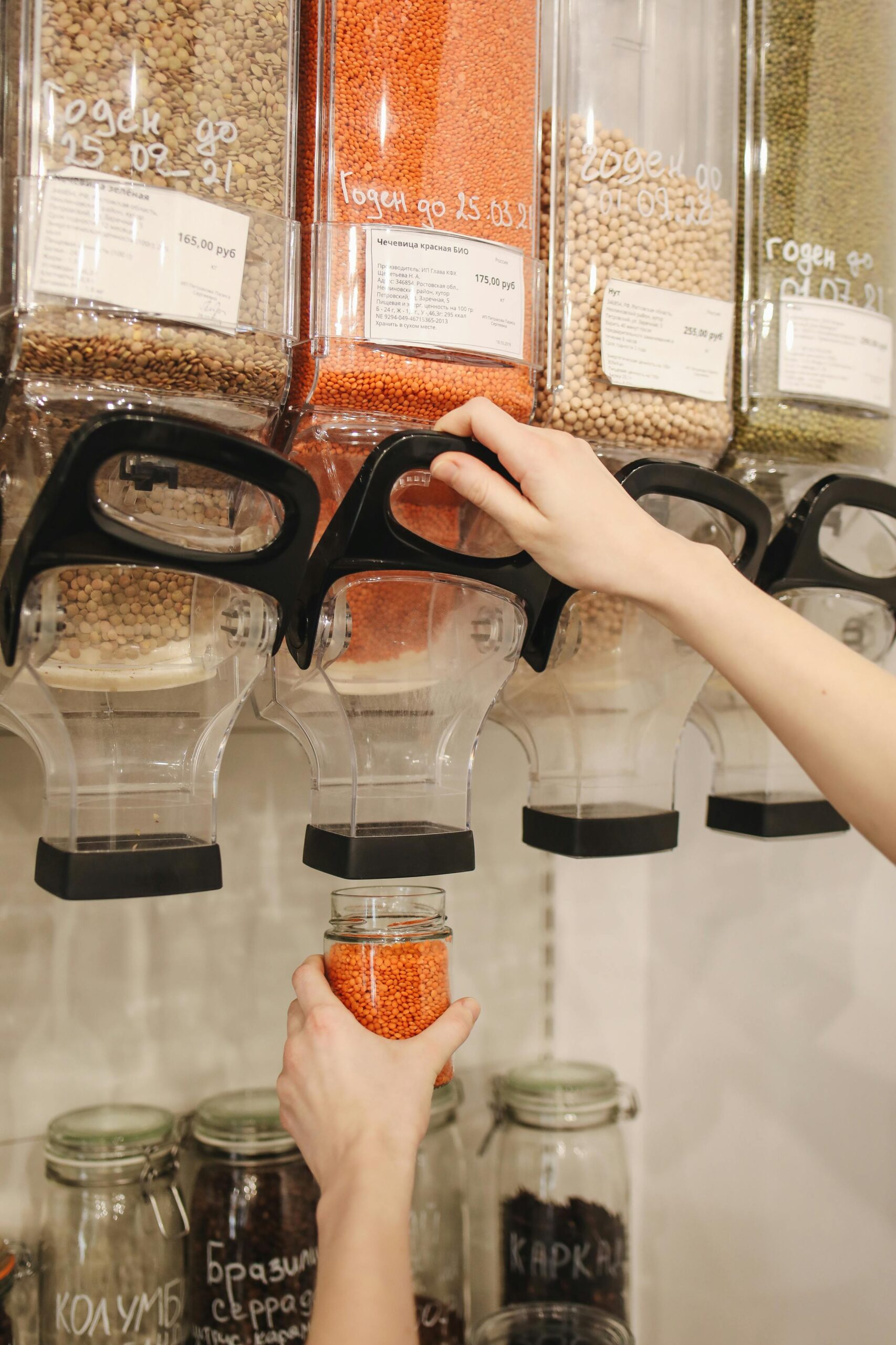how can we create spaces that evolve with our needs—without creating waste? the answer lies in circular design.
sustainability isn’t just a trend—it’s a necessity. the way we design interiors impacts waste, energy use, and long-term costs. flexible interiors help solve these challenges by keeping materials in use for longer, reducing waste, and making renovations faster and greener.
what is circular design?
circular design is about maximizing the lifespan of materials instead of following the outdated “take, make, dispose” model. it focuses on:
- eliminating waste & pollution – designing for durability and reuse.
- circulating materials at their highest value – repair, repurpose, and recycle instead of throwing away.
- regenerating nature – using sustainable materials that give back to the environment.
by applying these principles, we can create smarter, more adaptable, and eco-friendly interiors.
how flexible interiors support circular design
imagine an office that adapts overnight—without waste, noise, or costly renovations. modular walls and partitions make this possible.
traditional renovations mean tearing down walls, throwing out materials, and rebuilding—a process that generates waste and carbon emissions. in contrast, flexible partitions allow quick reconfigurations without demolition. when scaffolding is no longer needed, it’s returned to construction projects—zero waste, maximum reuse.
the environmental benefits of circular interiors
- less waste – materials like bio-panels (hempcrete, eelgrass, mycelium) are compostable or recyclable, unlike drywall, which ends up in landfills.
- lower carbon footprint – flexible partitions reduce emissions from demolition and reconstruction. architecture 2030 reports that retrofitting buildings significantly cuts embodied carbon emissions.
- more resource efficiency – upcycling materials (like scaffolding) minimizes demand for new raw materials.
sustainable partition options for circular interiors
if you’re looking for eco-friendly, adaptable wall solutions, here are a few options that align with circular design principles:
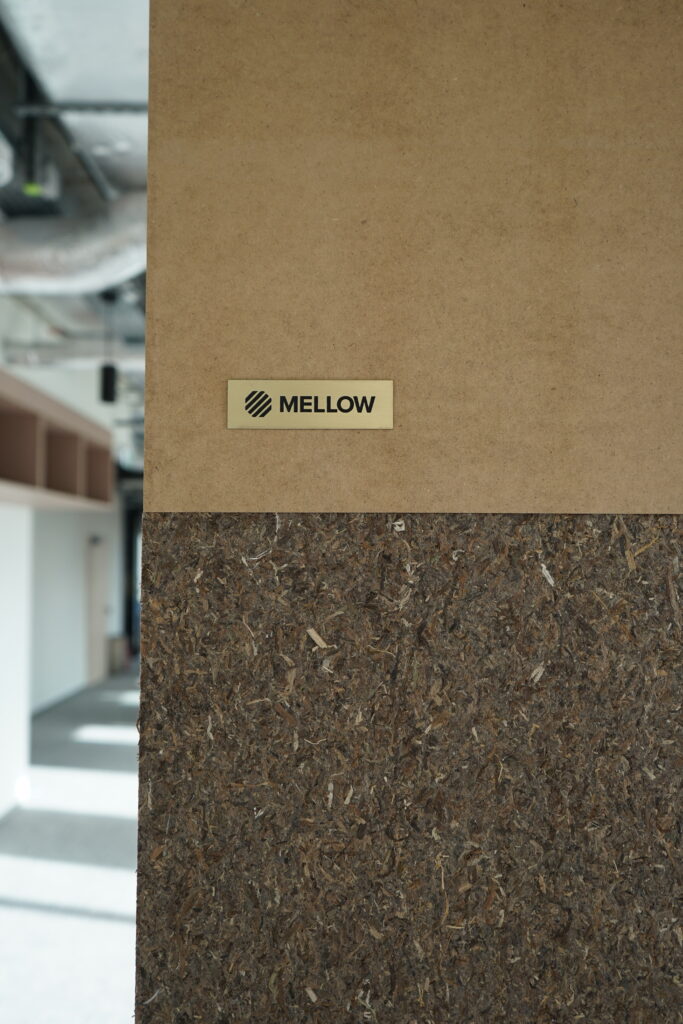
- mellow wall™ – a modular wall partition system made from upcycled scaffolding and bio-panels, designed for easy assembly, disassembly, and reuse.
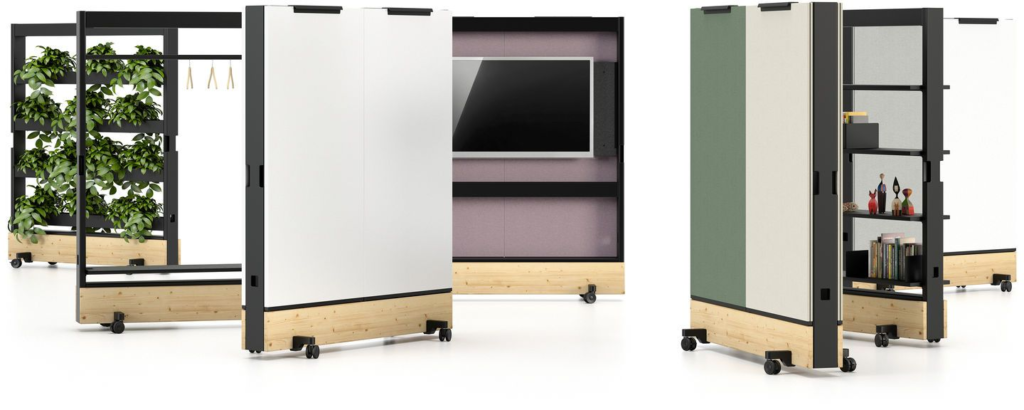
- dancing wall by vitra – a mobile, adaptable partition system.

- hushwall – acoustic office partitions designed for flexibility.

- kinnarps – sustainable office solutions that balance creativity and efficiency.
each of these solutions helps reduce material waste, minimize renovations, and extend the lifecycle of interior spaces.
shaping a sustainable future
circular design isn’t just a buzzword—it’s the future of efficient, adaptable, and eco-friendly interiors. by choosing flexible solutions, businesses can reduce waste, save costs, and create spaces that grow with them.
what are your thoughts on circular design? could flexible interiors work for your space? let’s discuss in the comments!
want to create a sustainable, adaptable workspace? explore mellow wall™ today.
